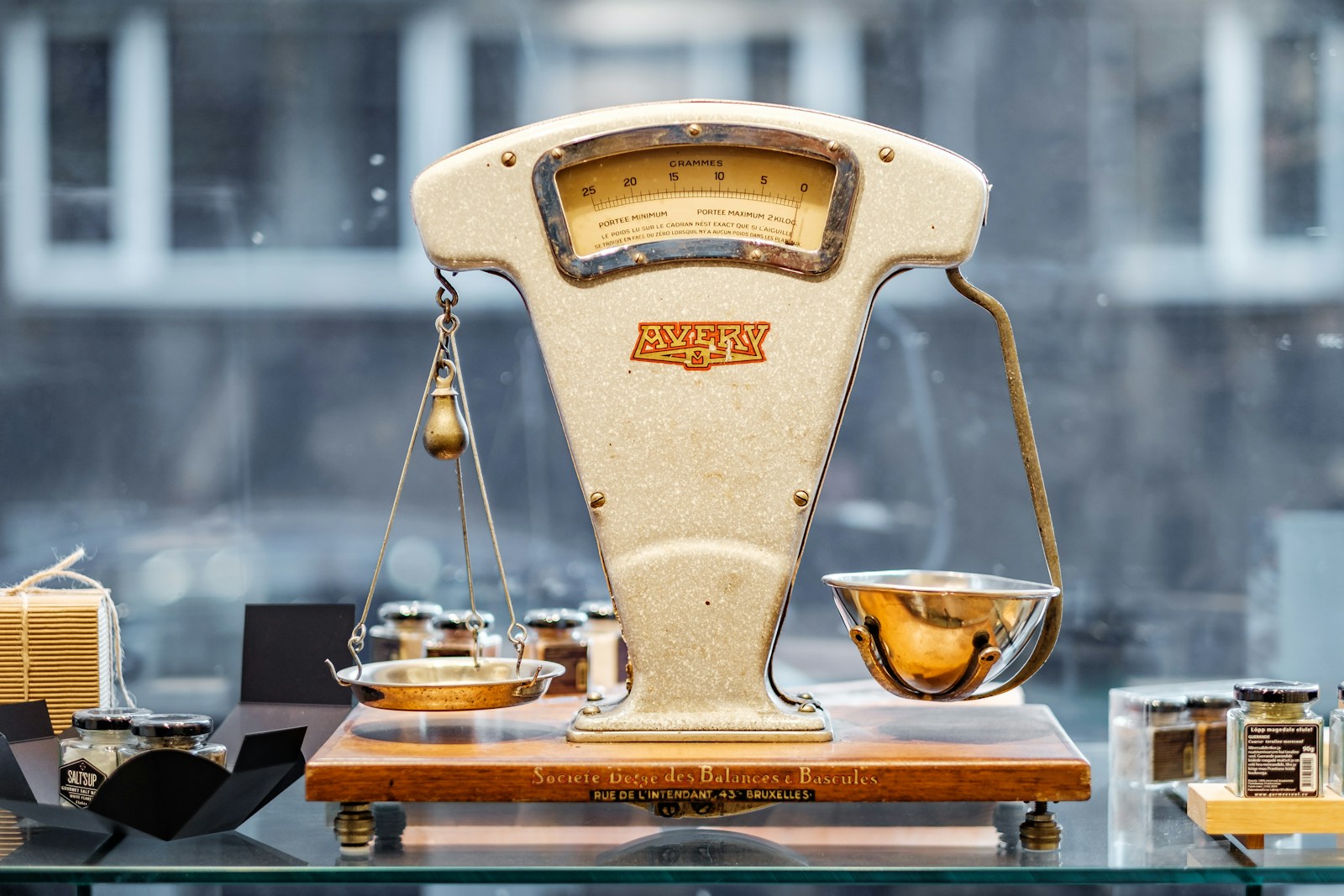In the world of trading, decision-making plays a crucial role in determining success. While traders rely on technical analysis, fundamental data, and market trends, cognitive biases can cloud judgment and lead to costly mistakes. One such bias is anchoring bias — the tendency to rely too heavily on the first piece of information (the "anchor") when making decisions.
Understanding and overcoming anchoring bias is essential for making objective, rational trading decisions and improving long-term performance.
What Is Anchoring Bias in Trading?
Anchoring bias occurs when traders fixate on a specific reference point — such as a stock’s initial price, previous highs, or a news headline — and use it as a basis for decision-making, even when that information becomes irrelevant or outdated.
Examples of Anchoring Bias in Trading:
1. Fixating on Historical Price Levels
Assuming a stock that once traded at $200 must return to that level, even if market conditions have changed.
2. Holding onto Losing Trades
Refusing to sell because you anchored to the price you paid for the asset.
3. Setting Unrealistic Targets
Expecting a stock to reach a specific price just because it did so in the past.
4. Overvaluing Analyst Predictions
Anchoring decisions to analysts' forecasts without considering current market dynamics.
Why Does Anchoring Bias Happen in Trading?
Anchoring bias stems from the human brain's tendency to seek stability and shortcuts in decision-making:
1. Cognitive Comfort
The brain prefers familiar reference points to reduce decision-making complexity.
2. Emotional Attachment
Traders often anchor to prices they believe are "fair" or "deserved."
3. Loss Aversion
Anchoring can lead to stubbornness in accepting losses when traders fixate on their initial purchase price.
4. Information Overload
With vast amounts of market data, anchoring to one piece of information simplifies decision-making.
The Risks of Anchoring Bias in Trading
1. Holding onto Losing Positions
Anchoring to a purchase price can lead to unnecessary losses.
2. Missed Opportunities
Fixating on a specific entry point may cause traders to miss profitable trades.
3. Emotional Frustration
Anchoring can lead to stress and frustration when the market doesn't align with your expectations.
4. Poor Risk Management
Stubbornly holding onto trades can disrupt proper risk management strategies.
How to Overcome Anchoring Bias
1. Stay Data-Driven
Focus on current, objective data rather than historical reference points. Analyze market conditions, trends, and technical indicators to guide your decisions.
2. Set Flexible Price Targets
Avoid rigid price targets. Instead, establish a range based on market volatility and evolving conditions.
3. Practice Mindful Decision-Making
Pause and reflect on whether your decisions are influenced by past price anchors or valid market analysis.
4. Use Stop-Loss Orders
Implement stop-loss orders to protect yourself from anchoring to losing positions.
5. Keep a Trading Journal
Document your trades, including the reasons behind each decision. Reviewing your journal can help you identify instances of anchoring bias.
6. Focus on Risk-Reward Ratios
Evaluate trades based on their risk-reward potential rather than historical price points.
7. Seek Contrarian Perspectives
Challenge your assumptions by considering opposing viewpoints and market scenarios.
8. Regularly Reassess Market Conditions
The market is dynamic; regularly update your analysis to align with current conditions.
Example: A Lesson in Anchoring Bias
Sarah, a forex trader, bought the EUR/USD pair at 1.10, expecting it to rise to 1.15 based on past performance. Despite weakening market conditions and negative news for the euro, she held onto her position, fixated on the 1.15 target. Eventually, the pair dropped to 1.05, causing a significant loss.
By recognizing her anchoring bias, Sarah learned to set more flexible targets and adapt her decisions based on evolving market conditions rather than past price points.
The Benefits of Overcoming Anchoring Bias
1. Improved Decision-Making
Making decisions based on current data rather than outdated information.
2. Better Risk Management
Avoiding unnecessary losses by staying objective.
3. Increased Trading Discipline
Adapting to changing market conditions rather than stubbornly holding onto positions.
4. Enhanced Profitability
Seizing opportunities without being fixated on specific price points.
Conclusion
Anchoring bias is a common psychological trap that can hinder trading success. By staying data-driven, maintaining flexibility, and practicing mindful decision-making, traders can overcome this bias and make more objective, profitable decisions.
In trading, adaptability and rational thinking are key. Let go of the anchors holding you back and sail confidently through dynamic market conditions.









